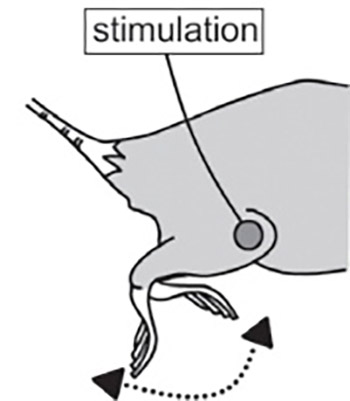The combined effect of electrical stimulation and resistance isometric contraction on muscle atrophy in rat tibialis anterior muscle
DOI:
https://doi.org/10.17305/bjbms.2011.2584Keywords:
muscle atrophy, electrical stimulation, resistance, isometric contraction, HSP72Abstract
Electrical stimulation has been used to prevent muscle atrophy, but this method is different in many previous studies, appropriate stimulation protocol is still not decided. Although resistance exercise has also been shown to be an effective countermeasure on muscle atrophy, almost previous studies carried out an electrical stimulation without resistance. It was hypothesized that electrical stimulation without resistance is insufficient to contract skeletal muscle forcefully, and the combination of electrical stimulation and forceful resistance contraction is more effective than electrical stimulation without resistance to attenuate muscle atrophy. This study investigated the combined effects of electrical stimulation and resistance isometric contraction on muscle atrophy in the rat tibialis anterior muscle. The animals were divided into control, hindlimb unloading (HU), hindlimb unloading plus electrical stimulation (ES), and hindlimb unloading plus the combination of electrical stimulation and resistance isometric contraction (ES+IC). Electrical stimulation was applied to the tibialis anterior muscle percutaneously for total 240 sec per day. In the ES+IC group, the ankle joint was fixed to produce resistance isometric contraction during electrical stimulation. After 7 days, the cross-sectional areas of each muscle fiber type in the HU group decreased. Those were prevented in the ES+IC group rather than the ES group. The expression of heat shock protein 72 was enhanced in the ES and ES+IC groups. These results indicated that although electrical stimulation is effective to prevent muscle atrophy, the combination of electrical stimulation and isometric contraction have further effect.
Downloads














